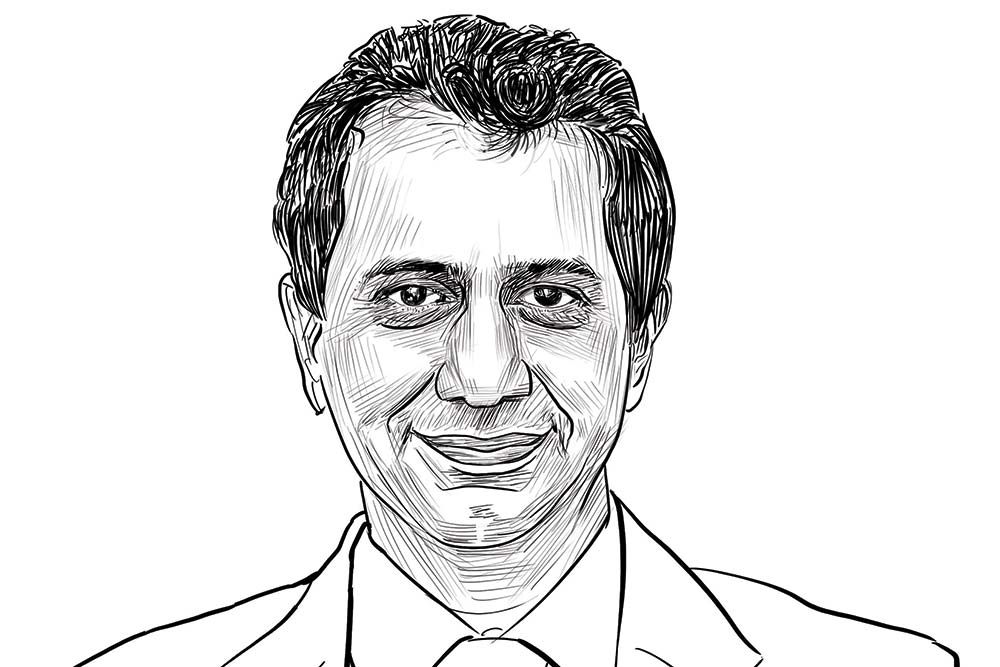The Indian equity market reflected a solid uptrend since the second wave of the Covid-19 pandemic started ebbing. It darted up to fresh all-time highs, with Nifty50 finally crossing the 16,000 mark as economic recovery hopes triggered across-the-border buying. The sanguine environment has been fuelled by ample liquidity flowing within the system. Growth concerns continued to be a priority for the central bank. The Reserve Bank of India maintained a low interest-rate regime with an accommodative stance. Lower cost of funds for the corporates coupled with sustained economic recovery is expected to help the markets re-rate themselves leading to valuation multiple expansion.
While the markets are riding higher, the risk of investing at expensive valuations is also imminent. As the pace of vaccination picks up, the markets may rally further on the back of economic revival and strong earnings growth. From January to June 2021, the consensus projections for Nifty earnings have been upgraded by 10 per cent and 6 per cent, respectively, for fiscal 2022 and 2023. With the domestic recovery in sight, India is further sitting comfortably with high forex reserves of more than $600 billion. As such, one cannot afford to shut one’s eyes to investing in Indian equity markets in the current scenario. However, instead of zeroing in on specific market segments, it makes more sense to create a diversified investment portfolio.
Equity returns also tend to be cyclical, wherein different market capitalisation segments may display reasonable divergence. While the periods of 2009-13 were dominated by mid-cap outperformance, the next four years were clouded by the small-cap segment outperforming the other two segments. The next three years were large-caps with 34 per cent absolute returns against 11 per cent returns from mid-caps and -14 per cent from small-caps. Further, with queues of new-age companies in the primary market, the portfolio construction strategies may also require evolution. The recent listing of one of the digital companies has catapulted it directly into the large-cap category, reflecting that high-growth companies are not limited to the small-cap or mid-cap category.
Selecting any specific market cap segment for long-term goals becomes more complex with a review of their historical performances. While large-caps have outperformed in four of the last ten years (2011 to 2020), they have also been the laggards for four years. Similarly, small-caps outperformed for four years against large-caps and mid-caps but posted negative returns for another four years over the ten years. The current market has witnessed the market cap segments generating significant returns for the investors. Having the flexibility to invest across the market capitalisation segments is the answer to the dilemma of choosing a specific segment in pursuit of financial goals.
This is where flexi cap funds fit in, as their mandate doesn’t require them to stick to any minimum allocation criteria for any market capitalisation segment but can even switch completely from one segment to another. With the market trends shifting conclusively as a reaction to the post-pandemic world, a fresh set of investment opportunities is likely to emerge to take advantage of the changing preferences.
Such funds also carry an embedded tax-efficiency for the investors, since the internal rebalancing of the fund allocation towards different market segments does not attract any tax compliances to be undertaken. And, if the investor is going for such allocation, then he must take care of the tax provisions applicable for mutual fund redemptions.
Flexi cap funds can thus be a preferred investment option with the ability to adapt to the changing market trends. As such, investors willing to bet on the economic revival may consider investing through flexi cap funds with exposure across market capitalisation segments.
The author is CIO, Equity, Nippon India Mutual Fund

